History of open world game design on PlayStation
Unpacking the history of the open world from PS1 to PS5.
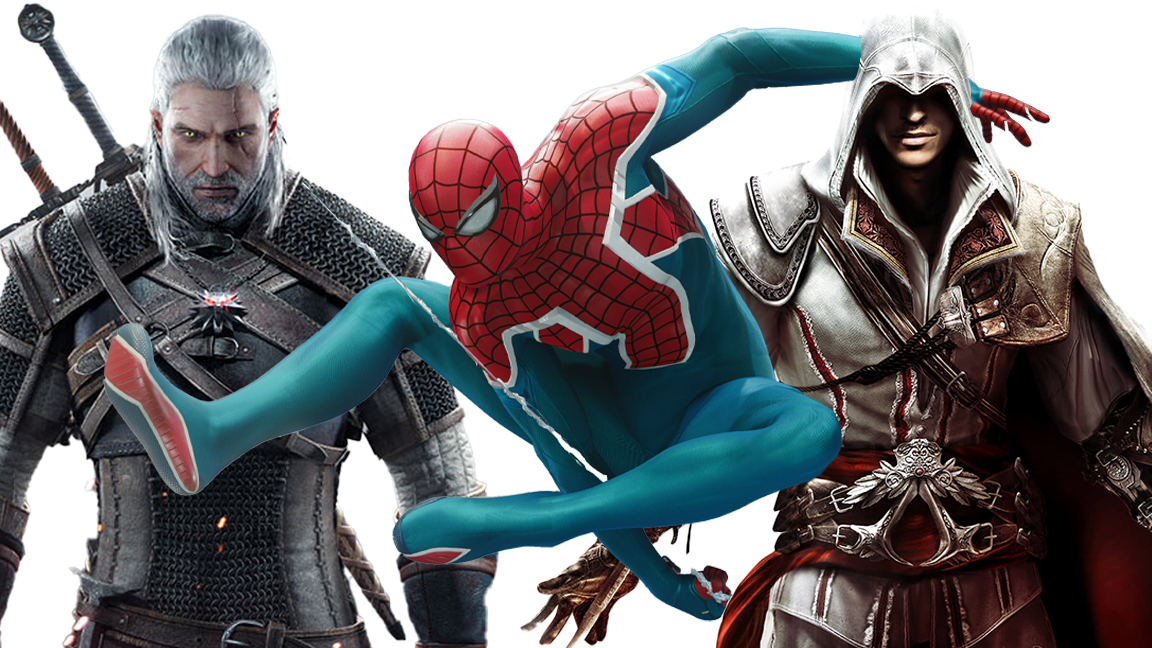
That mountain is not just a backdrop,” Todd Howard once said, introducing Skyrim to the world. “You can walk all the way to the top of that mountain.” The winning quote has become immortalised as a meme: “See that mountain? You can climb it.”
It’s a phrase that encapsulates both the wonder and familiarity of open world design in video games and the genre that’s been built around them, echoed in many game reveals since. How did the promise of distant peaks become not only possible, but a cliché? For that story, we have to go right back to the beginning of PlayStation.
While it's true open world design began on other game platforms, including Adventure on Atari 2600, Super Mario 64 in the N64 and Shenmue on Dreamcast - three of the best retro games consoles - here I'm looking at how PlayStation adopted and developed the concept. The open world genre is a technical miracle; the work of thousands of developers over decades. And that work isn’t yet done. See that planet? You can fly there.
History of open world game design: PlayStation
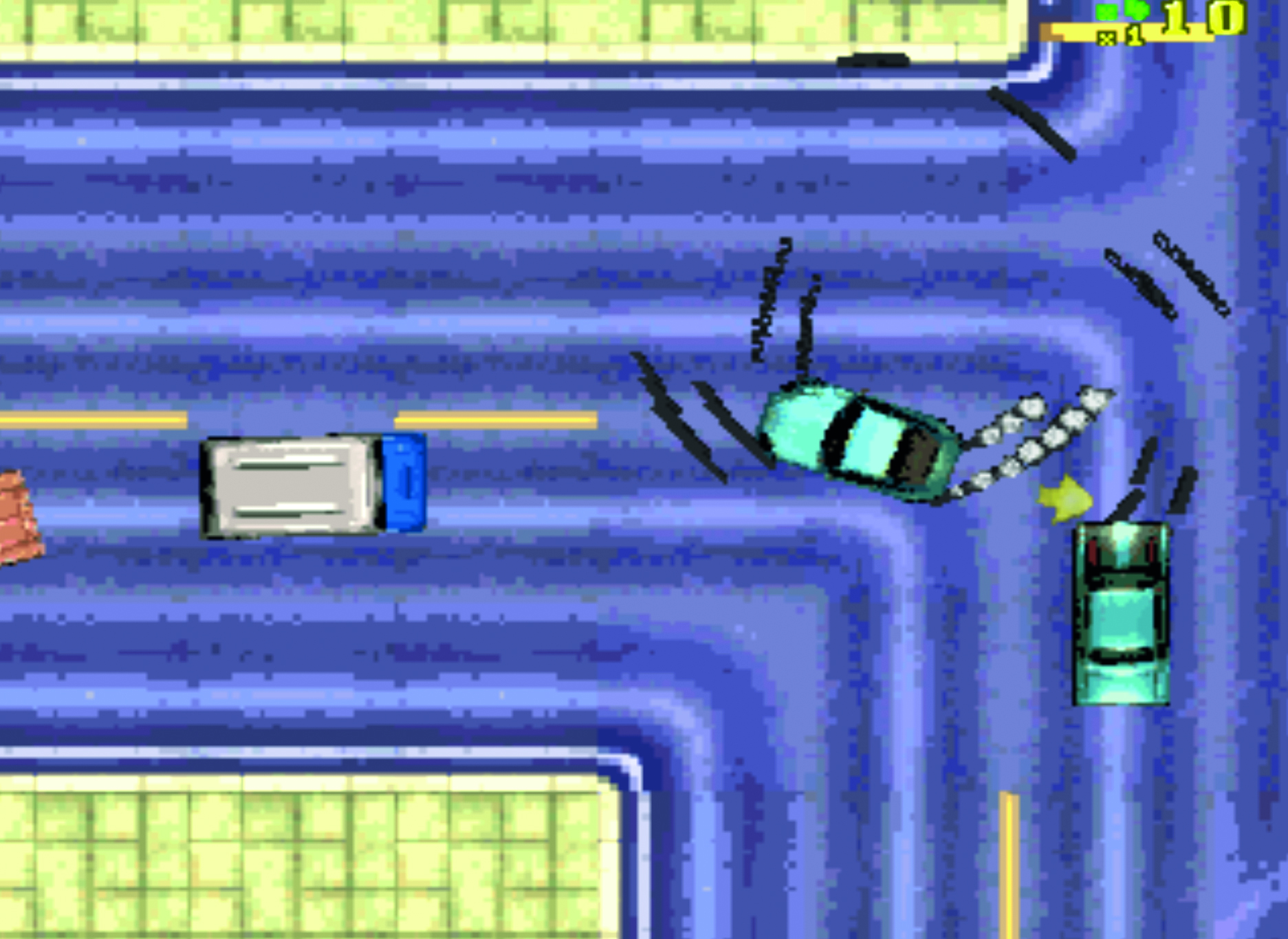
Early in PlayStation’s life there were no continuous 3D open worlds to be had. Levels had borders and great distances were travelled only via loading screens. A skybox provided your sense of a horizon, never to be crossed. Yet even within these hard technological constraints, RPG designers managed to design the first overworlds – connecting discrete areas via imagination and sticky tape.
It began in the 1980s, with Ultima. Richard Garriott’s influential RPG tasked the hero with navigating a fantasy overworld dotted with blocky icons representing castles and pirate ships. Japanese designers looking to the West for inspiration did the same, sending an oversized player sprite deep into the forests and mountain ranges of Dragon Quest to fight in random encounters with slimes.
By the mid ’90s, on PlayStation, Final Fantasy VII carried the torch for that same sense of scale and exploration. Square’s classic adventure was intimate enough to sell relationships with characters like Barret and Aerith and to allow you to track every sword swing in battle. Yet it also zoomed out – first to take in the industrial majesty of Midgar, and then again, far beyond the boundaries of the opening metropolis.
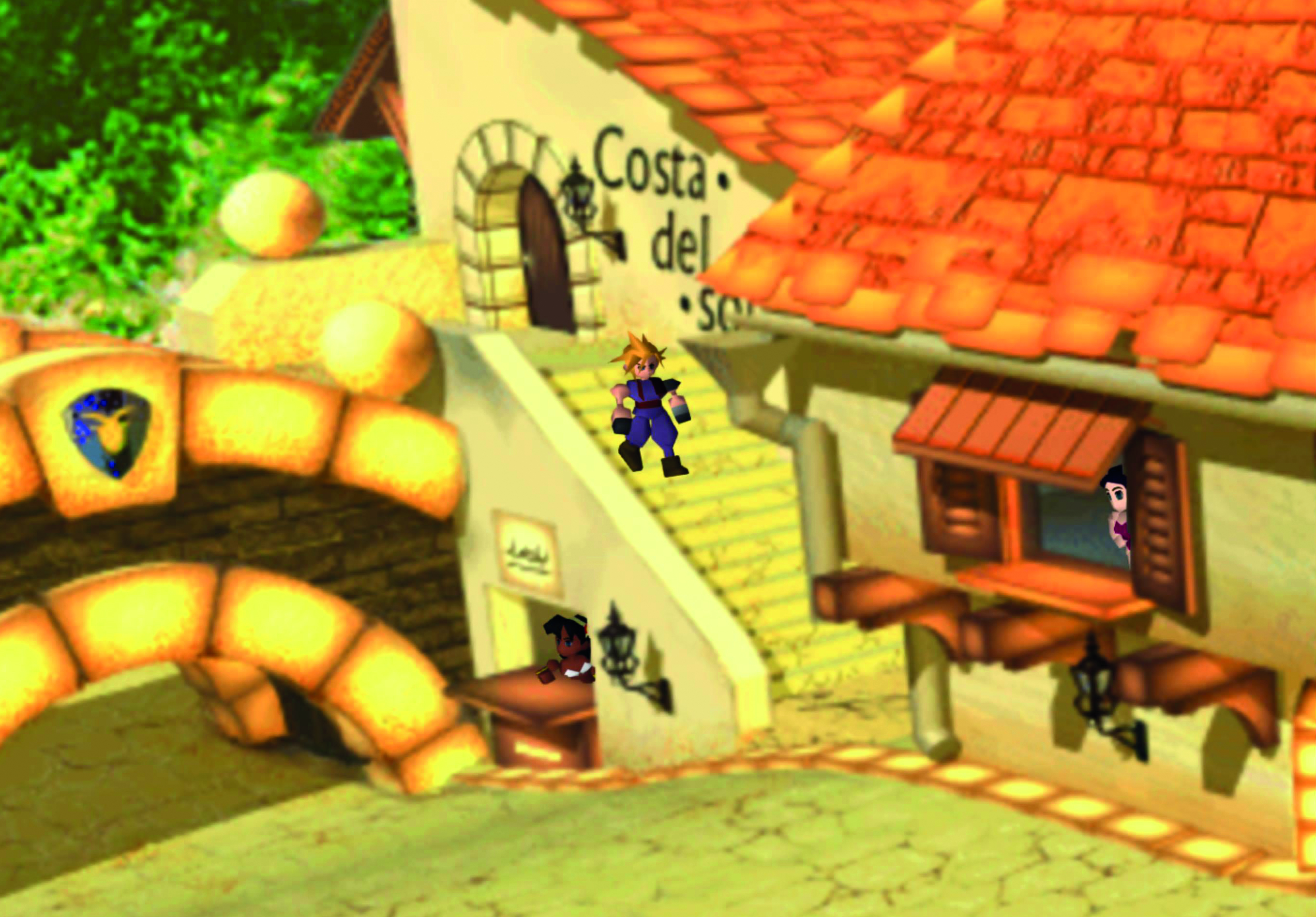
“Just when it appears that the entire game will take place in the city,” wrote IGN in its 1997 review, “the venue changes to a fully 3D, fully rotatable engine, and players will find that the city is a mere dot on the enormous world map.” The planet of Gaia was pockmarked with towns and ruins, as well as natural barriers like deserts – impassable areas that the player would overcome with the help of vehicles. For all its limitations and separate layers, Final Fantasy VII evoked the fundamental feeling that still powers the open world genre: freedom.
Daily design news, reviews, how-tos and more, as picked by the editors.
Soon afterwards, it became apparent that vehicles were a natural accompaniment to the sweeping scale of open worlds. Enter Grand Theft Auto, with its sports cars, pickups, and limos – all accessible at the press of a button, and at the expense of whichever civilian was driving them.
In truth, the original GTA (by the way Grand Theft Auto has some of the best logos) didn’t quite live up to its pitch of having three explorable cities (Liberty, Vice, and San Andreas, now well known to us all). The top-down 2D perspective and dearth of memorable landmarks made higher-level navigation impossible, at least without regular consultation of the physical city map that came in the box. But in its own crude way, 1997’s GTA provided the blueprint for the rest of the series, offering players not only geographical freedom but freedom from law and order too.

That’s not quite all the grey box wrote – in the dying days of PS1, a studio in Newcastle attempted what GTA’s inventors hadn’t dared: to create an open world city game in full 3D. Sure, there were moments when muscle cars collided with police cruisers in midair and Driver slowed to a crawl. But developer Reflections had effectively predicted the next decade of the open world genre’s growth – which became a pop-cultural explosion with the creation of Grand Theft Auto III.
History of open world game design: PlayStation 2
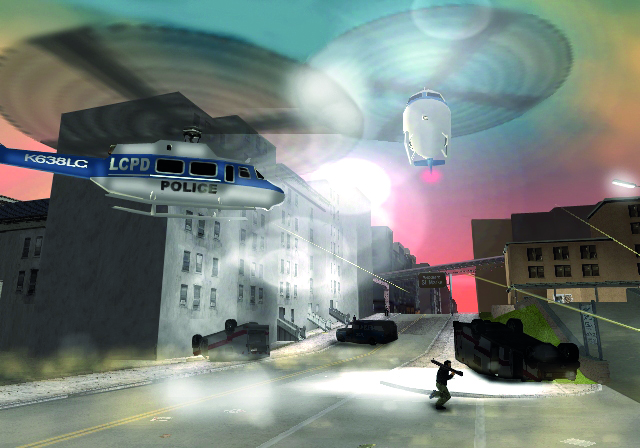
While the old hands at Rockstar North were wary of exceeding their technological limits, younger staff at the studio had already built a free-roaming game in the form of Nintendo 64’s Earth defence fantasy Body Harvest. “So, we did a tech demo of a city environment on the Dreamcast,” Rockstar North co-studio head and art director Aaron Garbut told PLAY back in 2021. “With cars driving around and characters walking the streets.”
Small wonder nobody had attempted anything similar before. Even with the new power of PS2, Grand Theft Auto III was asking a lot from the hardware. “We didn’t split things into nice manageable, loadable chunks,” Garbut explained. “We didn’t spread it out with empty areas, we didn’t design it to only work at speed or to explore in detail on foot in small areas. We were trying to offer an all in one experience, and to make it feel as alive as possible.”
GTA III was made feasible only by innovative level streaming, which loaded and unloaded the environment as the player careened around Liberty City. “The art team broke the world apart by hand in the best way to squeeze all we could into memory while getting it off the drive fast enough,” Garbut said. “The code team built an elegant streaming system and we got as granular as writing the files to the DVD in specific orders to keep areas of the world together physically on the disc. It’s a testament to the talent and ingenuity of the team that we made this work.” Near-impossible though it may have been, this technical feat established a norm that still informs the way open world games are structured today.
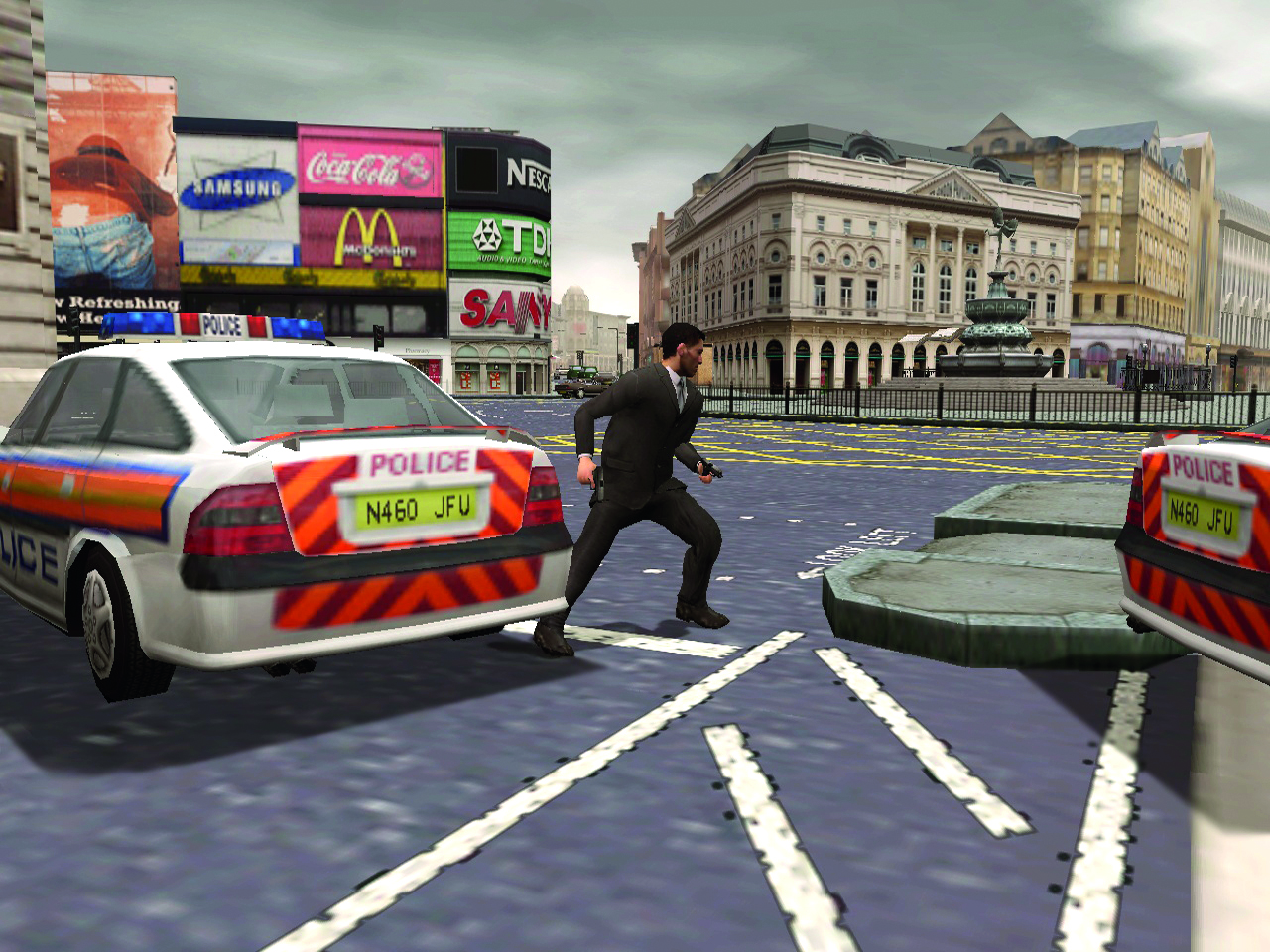
Not that anybody was talking about the ‘open world genre’ in 2001. Back then, there was only GTA, and the games that gratefully inhaled its fumes. They were called the GTA clones. The Simpsons: Hit & Run, True Crime: Streets Of LA, Sony's The Getaway and even Driver 3 – all mimicked Rockstar’s blueprint in the years that followed. Some took the open world formula and played with it, such as The Incredible Hulk: Ultimate Destruction that, as the name suggests, enabled players to roam and destroy.
Few managed to break free from it, though Mafia deserves special mention for treating its open world like a movie set for a cinematic story rather than a toybox. It’s an approach that would ultimately be revisited by developers in the 2010s, resulting in more thoughtful and story-driven free roaming games like LA Noire and Red Dead Redemption 2.
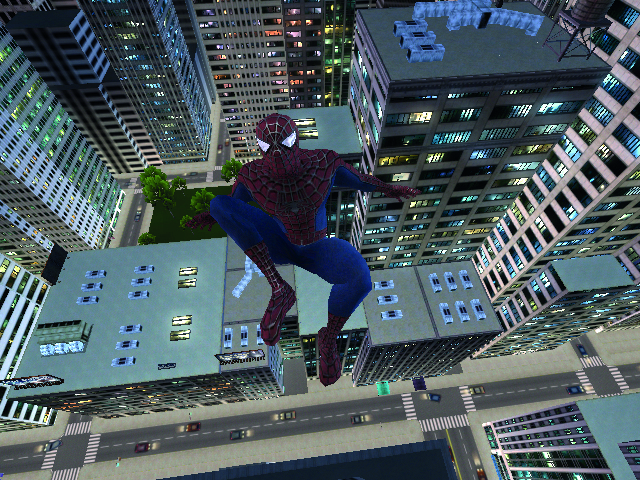
On PS2, however, only a couple of other games pointed towards a future for the open world genre beyond Liberty City’s boundaries. One was Treyarch’s Spider-Man 2, a tie-in to the Sam Raimi film that far exceeded the atrocious standards of games-of-movies at the time.
While Treyarch’s Manhattan is modest by today’s standards, it’s astonishing to discover just how much of the moveset of the modern Insomniac games was laid down in 2004, from the vertical wallclimbs and charged jumps to the webswinging that automatically finds an appropriate anchor point on a nearby building. Treyarch posited that traversal in open world games should be as easy as breathing – a part of the empowerment the genre promised.
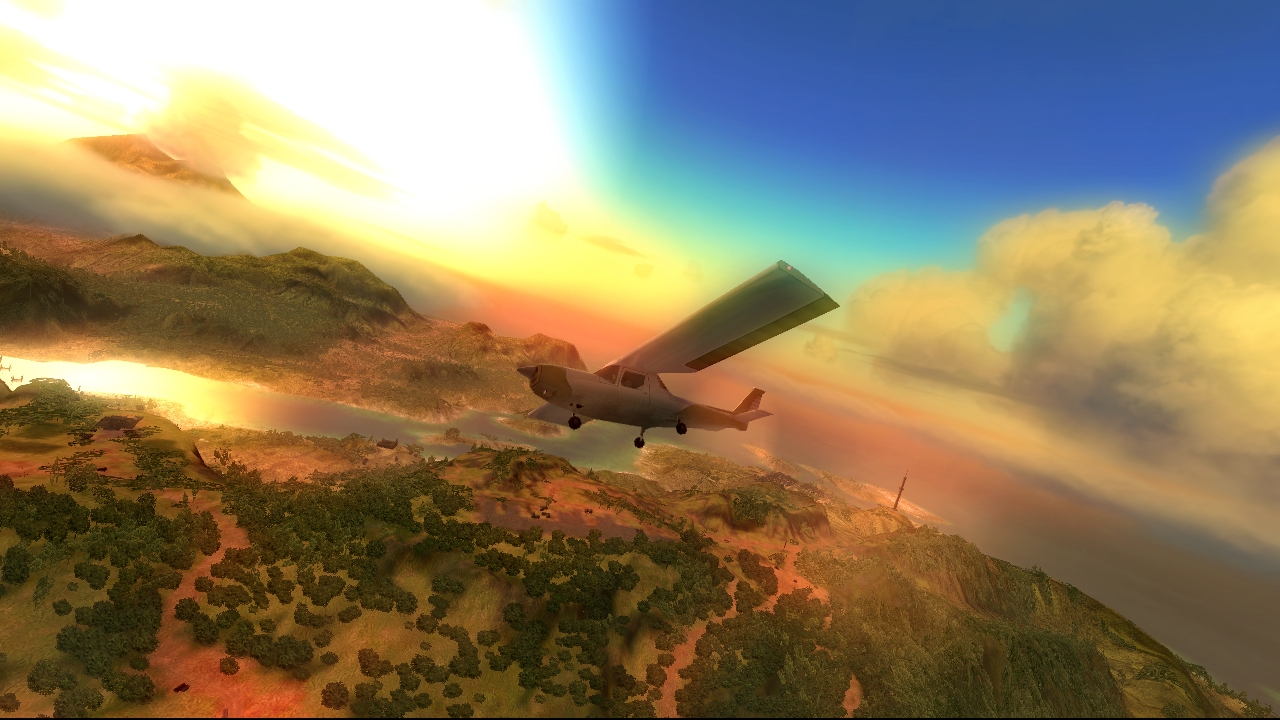
Then there was Just Cause, a Swedish invention which dropped a secret agent onto a Caribbean island and asked him to topple a dictator with the help of a guerrilla group. “We had what we called the Avalanche credo,” studio co-founder Christofer Sundberg told Edge in 2022. “‘If you see it, you can go there. And if you poke it, it reacts’. That was something we all lived by, to build really living and breathing worlds where you could encourage exploration and tease the player to go to that mountain, far off in the distance. And we could put a little house up there, or an event, or a radar tower that was so popular to blow up.”
Just Cause simulated player-made chaos on a huge scale – and unlike GTA, it did so in a location many players associated with recreation, with holidays. Rather than push you exclusively towards missions, Avalanche’s world was filled with villages to liberate and cartel hideouts to take over, creating a gameplay loop driven as much by distraction and flowstate as explicit objectives.
More than anything, Just Cause suggested that the player’s relationship with an open world could be territorial. It’s a notion that’s proved satisfying and troubling in equal measure as other developers have run with it ever since.
History of open world game design: PlayStation 3
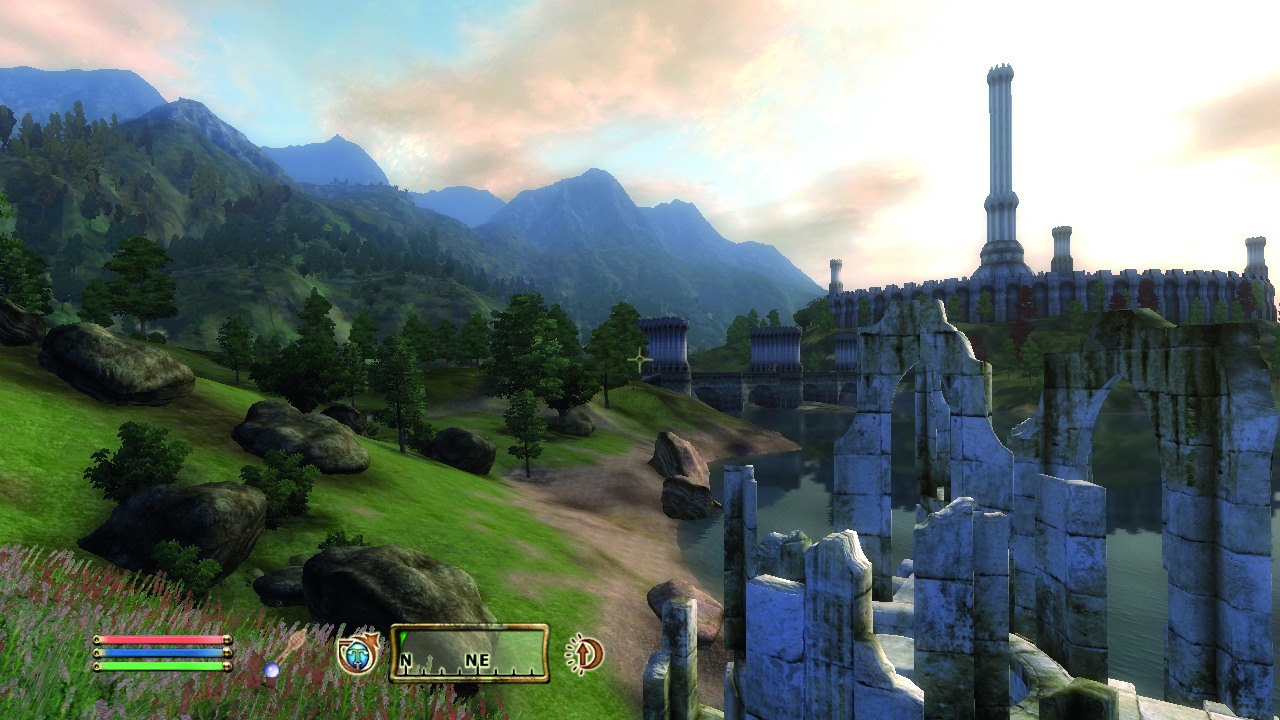
For decades, consoles and computers had existed as separate ecosystems. But when the multiplatform era kicked in, that gulf began to close, and PlayStation gamers finally got a taste of what their PC-owning peers had been enjoying. The Elder Scrolls IV: Oblivion was the culmination of more than ten years’ work in open world design, and made Bethesda Game Studios a major player in the genre, introducing the console audience to a more grounded and immersive form of Western RPG wanderlust.
Oblivion went deep as well as broad, simulating the physics of every bottle of communion wine within its churches, as well as the day-to-day routines of its priests and other friendly characters. Not every aspect of its living world was convincing, but Bethesda finessed the finer details over the course of the generation.
By the time Fallout 3 was launched, stealth had become a nuanced spatial negotiation with enemy NPCs and voice actors were less obvious in their repetition across the wasteland. Oblivion’s persuasion minigame, meanwhile, was jettisoned completely (an experiment best forgotten). Later came TES V: Skyrim, which for many remains the highest form of the open world RPG. Heaven for those with itchy feet.
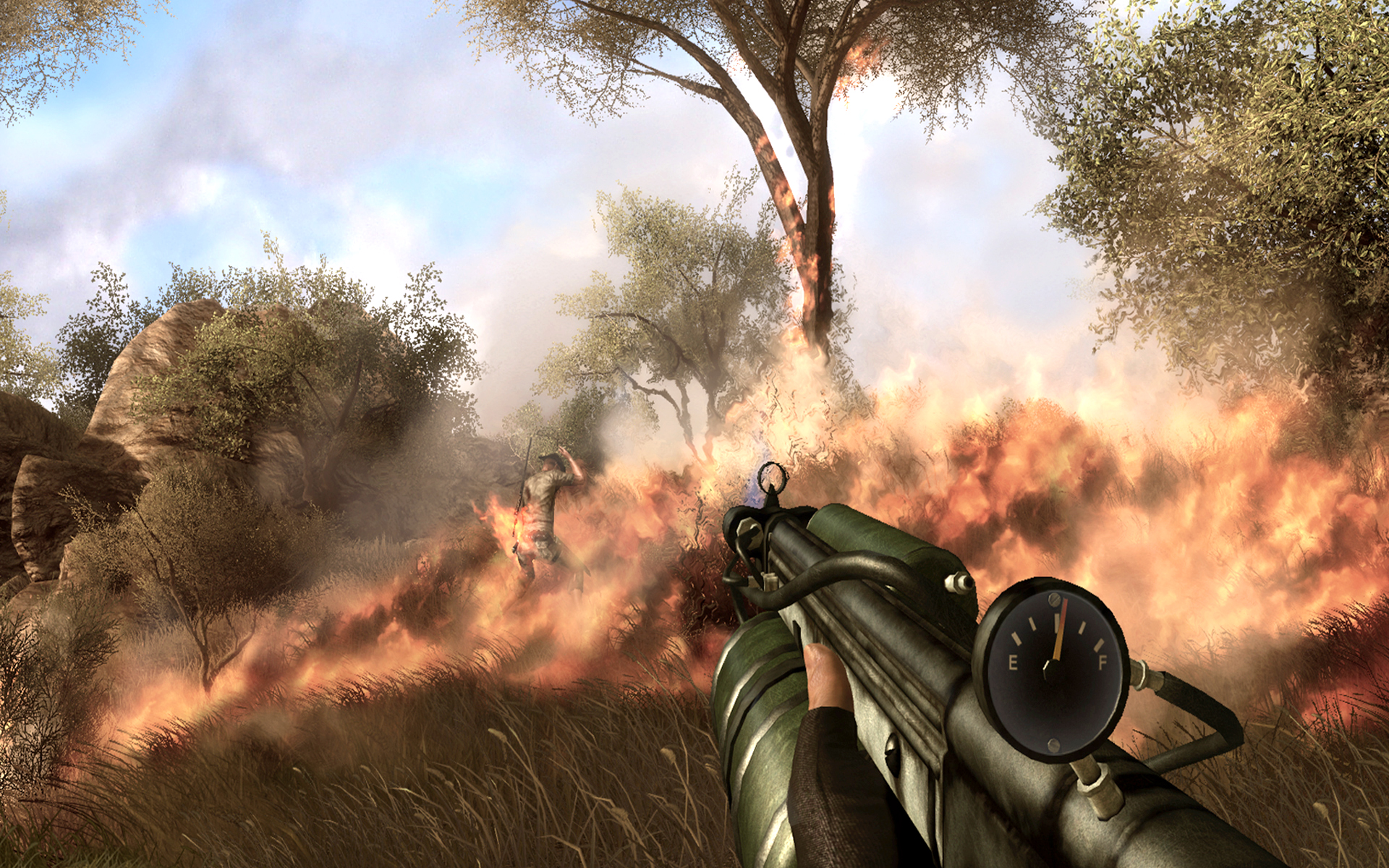
Simultaneously, another star was rising: that of Ubisoft. The French publisher had funded the release of Far Cry, a beautiful yet unforgiving PC shooter that had pulled the genre out of the corridors of Doom and Quake and into the sunlight of the South Pacific. With the sequel, it went further, shifting from outdoor levels to a single 50km-square tract of African countryside.
While other PC developers had taken the FPS open world first – particularly ones based in Ukraine, where developers produced both STALKER and Boiling Point: Road To Hell – Ubisoft was the first to do so in a polished, consistently playable fashion. Along with Assassin’s Creed, which connected set-piece murders via horse rides through the Holy Land, Far Cry 2 redefined Ubisoft’s identity.
Assassin’s Creed and Far Cry 2 really signalled a sea change in the kinds of games Ubisoft make
Clint Hocking, creative director, Far Cry 2
“When I was at Ubisoft in Montréal back between 2001 and 2010, we made linear story-driven action-adventure games,” said the game’s director, Clint Hocking, in a publisher-produced video about open world design. “Assassin’s Creed and Far Cry 2 really signalled a sea change in the kinds of games Ubisoft make. It’s a huge change culturally, it’s a huge challenge for people to think about games and players differently, and to make that pivot with thousands of people around the world in less than five years is really amazing, actually.”
Ubisoft wasn’t foolish enough to assume it had got the formula right on the first try. Under Hocking, Far Cry 2 was designed to be hostile to its players – it battered them with malaria, jammed weapons, and enemy checkpoints that could never quite be wiped from the map.
Subsequent entries have been much more approachable, granting players unfettered, GTA-like freedom to steal helicopters and don wingsuits, without compromising the tactical stealth inherited from hardcore PC shooters. Every outpost became a self-contained puzzle box to be tackled in multiple possible ways, whether parachuting in from above, sniping from a clifftop vantage point, or sneaking through a gap in the fence in the dead of night. This punctuation proved to be an important influence on the open world games that followed in Far Cry’s wake, creating pockets of challenge that caused you to slow down and assess your options.
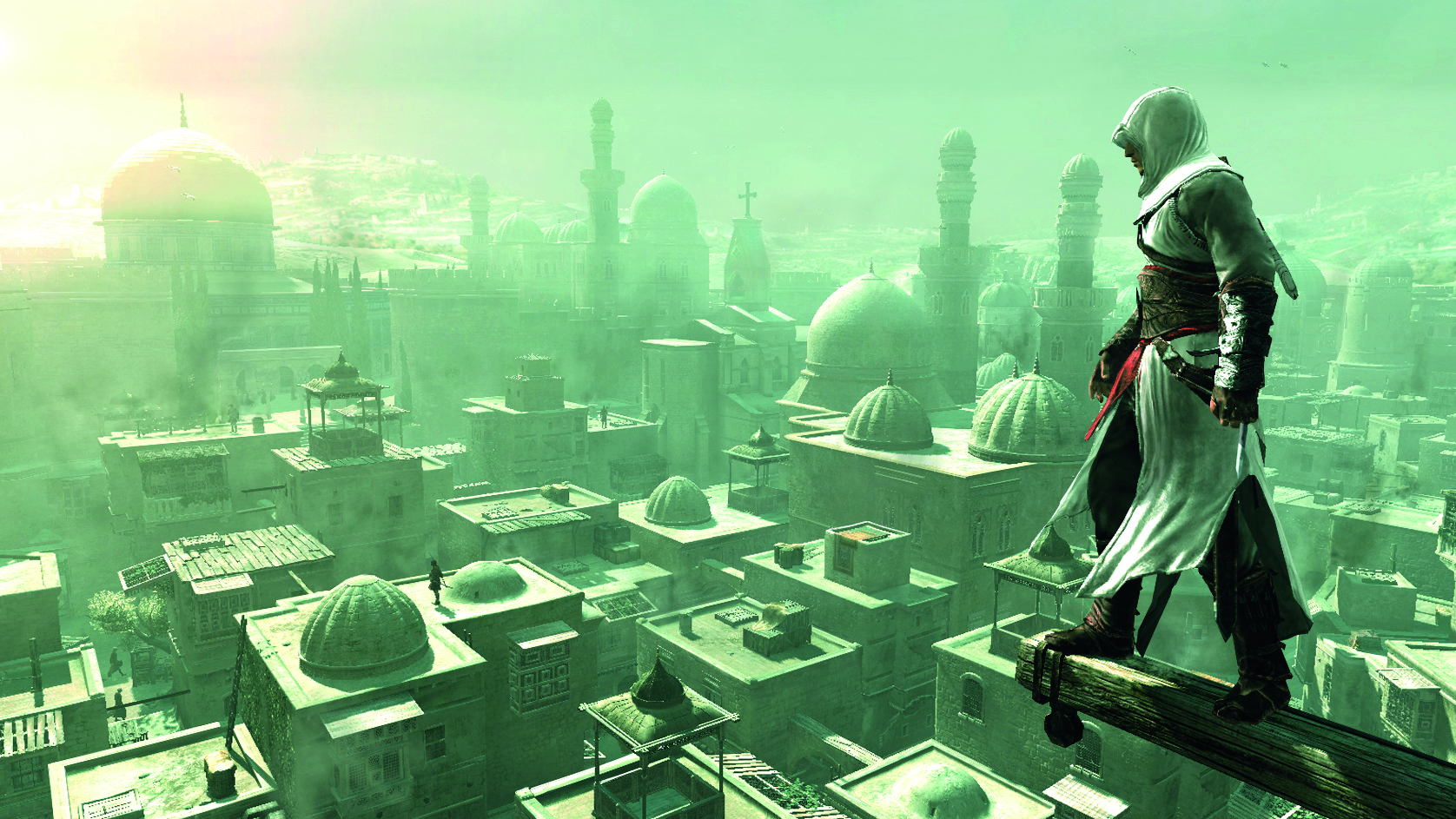
Similarly, Assassin’s Creed was smoothed and refined over time. The literal horseplay took a back seat to urban landscapes in historical settings. “Exploring GTA, my pleasure was just to be in this game world and see the sun rise,” said original Assassin’s Creed director Patrice Désilets in an interview with PC Gamer. “So it was like, ‘Can we replace the car with the main character? In GTA I can go anywhere with the car, can I go anywhere with the character?’ That’s why we had the parkour.”
Ubisoft’s genius lay not just in perfecting its open world formula, but in boiling down its tenets to teach staff all over the planet. Before long, Ubisoft studios in cities as far apart as Toronto, Singapore, Quebec, Annecy, Shanghai, Chengdu, Kiev, Montpellier, and Bucharest were sharing responsibility for the expansion of the Assassin’s Creed universe, delivering exquisitely recreated historical cities and vast explorable oceans on an annual basis, and players were keen to get stuck in and explore for themselves. The publisher had effectively industrialised the process of open world creation, and was reaping the rewards.
History of open world game design: PlayStation 4

As Ubisoft grew into one of the most important games companies in the world, fellow triple-A publishers took note. Warner Bros funded Middle-earth: Shadow Of Mordor, which infused the Assassin’s Creed formula with nemeses (enemies who remembered and learned from encounters with the player earlier in the game). Other copycats were less innovative – and with market saturation, inevitably, came fatigue. The open world genre was dominant, but for the first time, the public was tiring of its shtick.
Long after his departure from Ubisoft, Désilets jokingly apologised for popularising climbable towers, which players would typically scale to get a look at their surroundings and unlock new points of interest in the open world. Players regularly griped about maps filled with icons, which they felt were indicative of busywork and fed on an empty compulsion for completion.
They had a point: the bite-sized activities that made up the bulk of many of these games had begun to feel more like breadcrumbs than meaningful and unique experiences. While developers were readily meeting the scale and art demands of open worlds, they were often failing to find enough substance to justify all that real estate.
Once again, RPGs provided the answer to the genre’s problems. In 2015, a Polish developer named CD Projekt Red launched The Witcher 3. The studio had made its name through dense world building and dialogue that responded to player choice, over both the short and the long term. It applied the same approach to its debut open world, filling the Northern Realms not only with hidden treasure and enemy encampments, but interconnected questlines that deepened your relationship with its cast of colourful (and probably quite smelly) characters. Perhaps it was the overpowering pong, but players were unable to resist. In the years since, The Witcher 3 has sold 50 million copies.
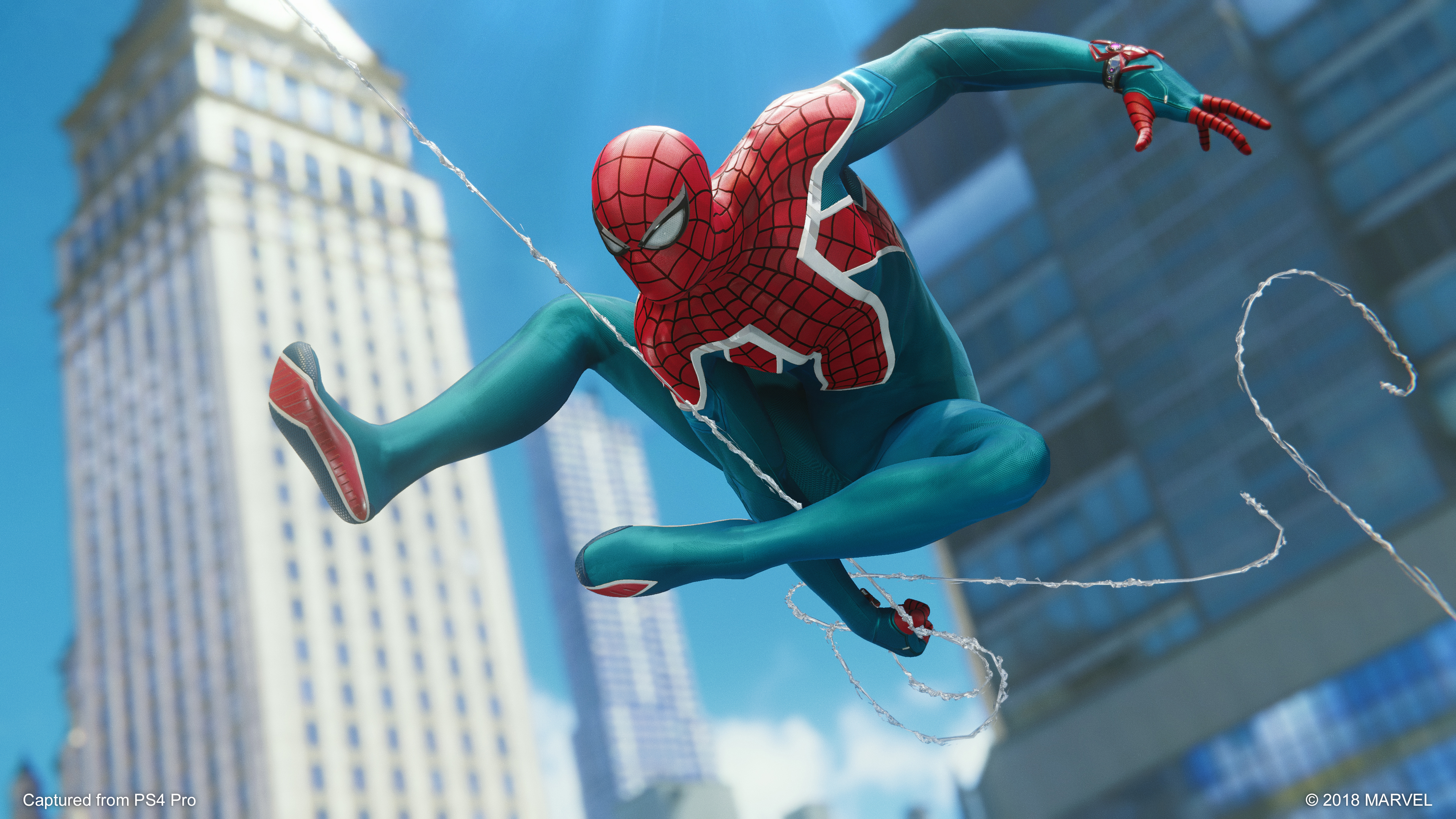
Smartly, Ubisoft followed suit, swiftly turning Assassin’s Creed into an open world RPG which merged stabby stealth with stats-driven combat and conversation. The results were surprisingly seamless, and seemed to quieten the criticism that had been building around the series.
The Witcher 3 left a permanent mark on Sony’s catalogue of PlayStation exclusives, too. Guerrilla Games came out with Horizon Zero Dawn, its first new universe since Killzone, and a very different proposition to the venerable FPS series. Methodical battles with robotic dinosaurs aside, Horizon was an amalgam of Ubisoft’s stealth takedowns and The Witcher’s world building. Its narrative director, John Gonzalez, had been the lead writer on Fallout: New Vegas.
Soon afterwards, the former Resistance developers at Insomniac unveiled a new take on Spider-Man. While drawing on the mechanical foundations laid down by Treyarch on PS2, Marvel’s Spider-Man also pulled from the Witcher playbook, the devs pouring words and attention into every corner of its open world. Welcome to side-quest city, population: practically everyone who owned a PS4.

Across the same generation, an adjacent phenomenon was unfolding: Minecraft. Where triple-A teams were filling out their open words by hand, this indie smash relied on procedural generation to create random collections of hills, waterfalls, fissures, and cave networks. Made up of simply decorated cubes, yet oddly handsome, these worlds were unique to the players who generated them. And crucially, they were deformable. Every piece could be displaced and replanted as the foundations of a frontier homestead – a cosy shelter to block out the slavering giant spiders.
Thanks to Minecraft, PlayStation got No Man’s Sky – a survival game set in a procedurally generated universe of unfathomable scale. As in Mojang’s adventure, players mined for resources to improve their equipment, built bases, and learned about the ecosystem around them in order to master it. But they also flew in spaceships to new planets and explored a mystery connected to an entity called The Atlas.
After a shaky start, in which indie developer Hello Games struggled to live up to the hype it had conjured, No Man’s Sky has become a fixture of the open world landscape. Its silhouette can now be seen in similarly controversial-yet-popular projects from much larger studios, such as Bethesda’s Starfield and Ubisoft’s Beyond Good And Evil 2.
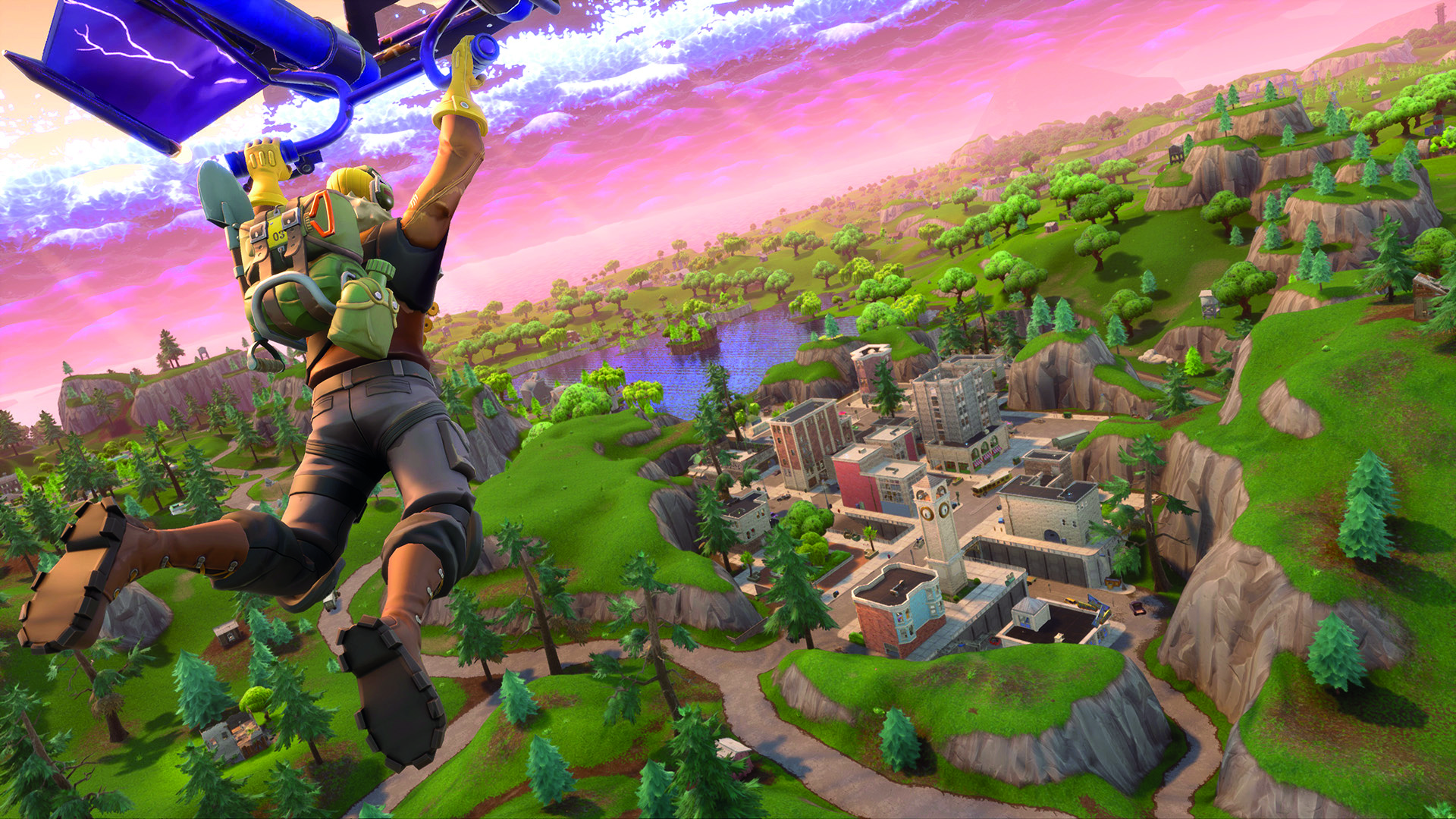
Minecraft also gave us Fortnite, which Gears Of War creator Epic Games imagined would be a session-based co-op adventure about building castles and laying down traps to stave off waves of encroaching zombies.
By the time it was released, though, a new early access phenomenon was on the rise – the battle royale, in the form of PlayerUnknown’s Battlegrounds. Better known as PUBG, the breakthrough PC shooter focussed the multiplayer survival genre using a single innovation: an ever-diminishing playspace. That shrinking circle guaranteed that every open world scramble for loot would end with a climactic, deathmatch-style clash between the would-be victors.
As it turned out, Epic was ideally placed to capitalise on this, having already developed open world tech in mimicry of Minecraft. Within months, it had reconfigured Fortnite as a PUBG clone, with the benefit of a friendly art style and those same castle construction mechanics. When it came to battle royale’s final circle fights, on-the-fly building became an eye-catching USP. And with that, the games industry was forever changed.
History of open world game design: PlayStation 5
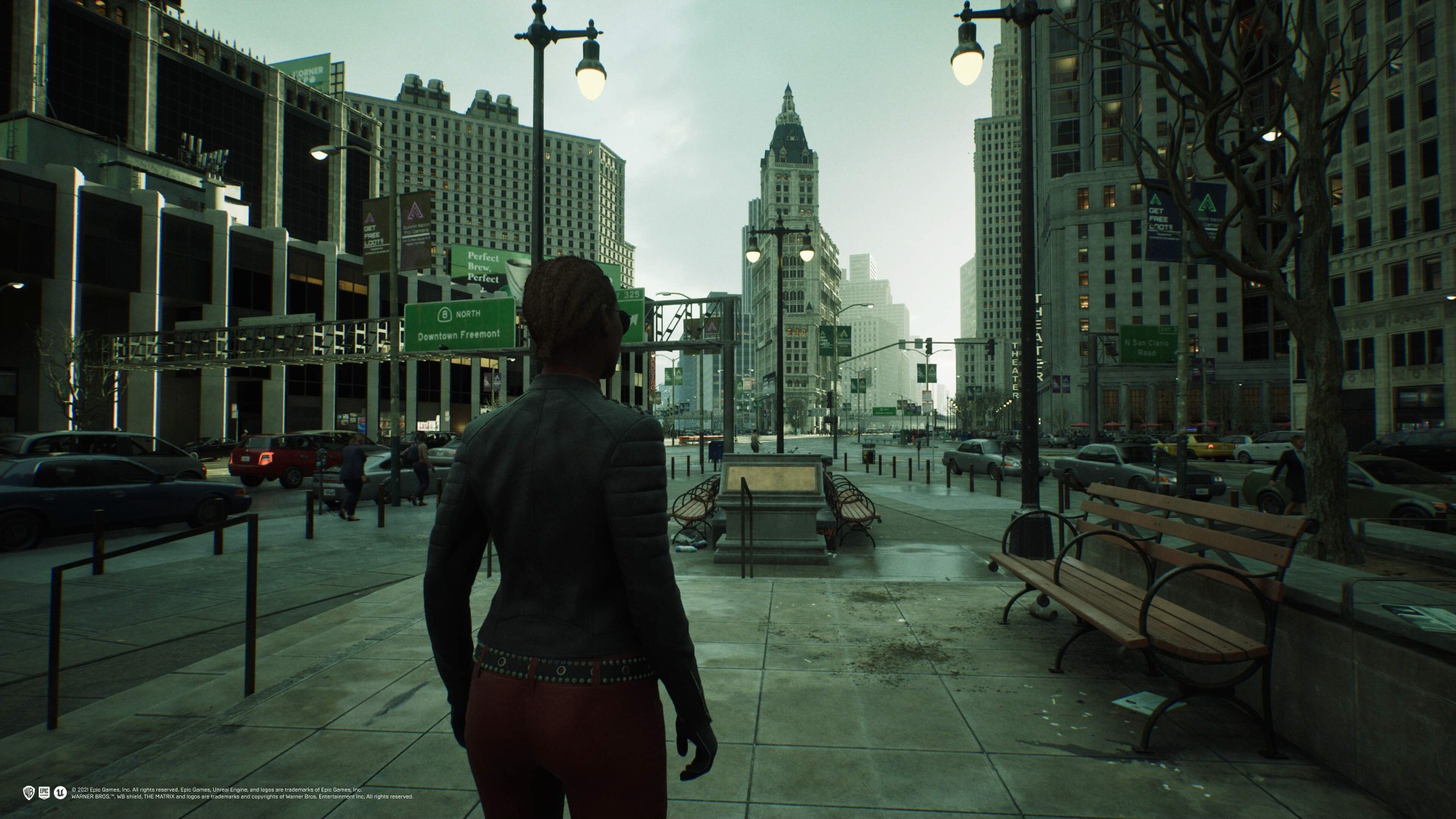
Fortnite came out on top in the hundred-studio scrap for the battle royale crown, its runaway success firmly establishing open worlds as the new norm for multiplayer shooters. Behind the scenes, however, the game was helping many of Epic’s peers as well. Since much of the games industry relies on Epic’s Unreal Engine for development, they also benefitted from the studio’s sophisticated open world tech.
In 2021, Epic released The Matrix Awakens on PS5. Starring Keanu Reeves and Carrie-Anne Moss, it was a showy tech demo that featured 16 square kilometres of shiny open world city, populated with realistic-looking people and traffic. It was made by a “relatively small team” using procedural generation tools, and Epic promised that other developers could do the same. Unreal Engine 5 is the tech many developers have taken up to create large, realistic open worlds. (Read our deep dive into how Remnant 2 was made for insights.)
“Using this workflow, you can modify the input rules and the whole city will change, redefined by those new instructions,” they said at the time. “It means you can regenerate the entire city, right up until the last day of delivery, and continue to adjust and improve it. This opens up so many creative possibilities – and proves that any team can make a triple-A-game-quality open world, irrespective of size.”

Advances in technology are already having a tangible impact on today’s open worlds. By leaning on PS5’s internal SSD, Insomniac turned the open world genre’s most boring feature – fast travel – into a genuine thrill with Marvel’s Spider-Man 2. Pick any spot in New York and Insomniac will instantly send Peter Parker or Miles Morales swinging through the street you selected, no run-up required.
At the same time, the open world multiplayer of battle royale is still evolving. Its current form is the extraction shooter, a slower-paced, atmospheric take on squad-based exploration that more closely resembles the single-player likes of Far Cry than any deathmatch FPS. With Bungie and Call Of Duty’s developers on board, there’s every reason to suspect that PvP and open worlds will remain strongly entangled for the foreseeable future. Yet Rockstar will continue to lead the field, with the dominance of GTA Online still uncontested.
By this stage, it’s beginning to feel reductive to call open world a genre. Player-led exploration on a large scale is now an ingredient in many different types of game – not just multiplayer shooting, but action adventure, stealth, survival, driving, and naval simulation. Its use has proliferated in every direction, and the medium is better for it.
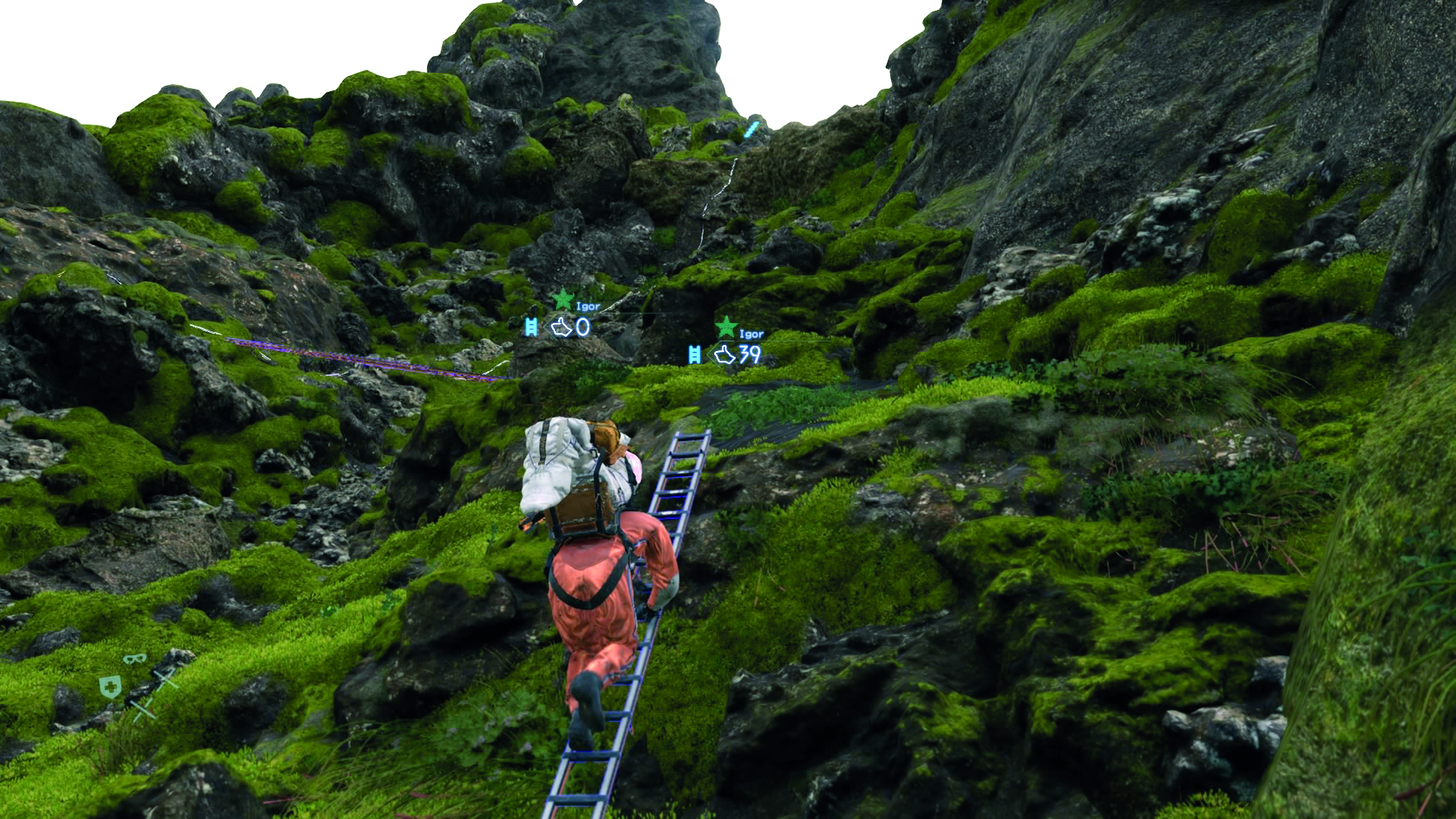
On PlayStation especially, open world experiences are getting braver and stranger. The Decima engine which powers Guerrilla’s Horizon: Forbidden West is also driving the Death Stranding series. There, Hideo Kojima and his team have played with the fundamentals of open worlds, making traversal actively difficult under the weight of piles of parcels – until you can build motorways to connect your destinations, that is.
Then there’s Elden Ring, in which the cruelty of combat makes exploring the intricately crafted, lore-rich environment a constant battle, and Dragon’s Dogma 2, which makes fast travel deliberately arduous. Either you save up for teleportation stones, which are expensive, or take an oxcart, leaving yourself exposed to attacks by goblins or griffins, which might smash your chosen mode of transport to bits.
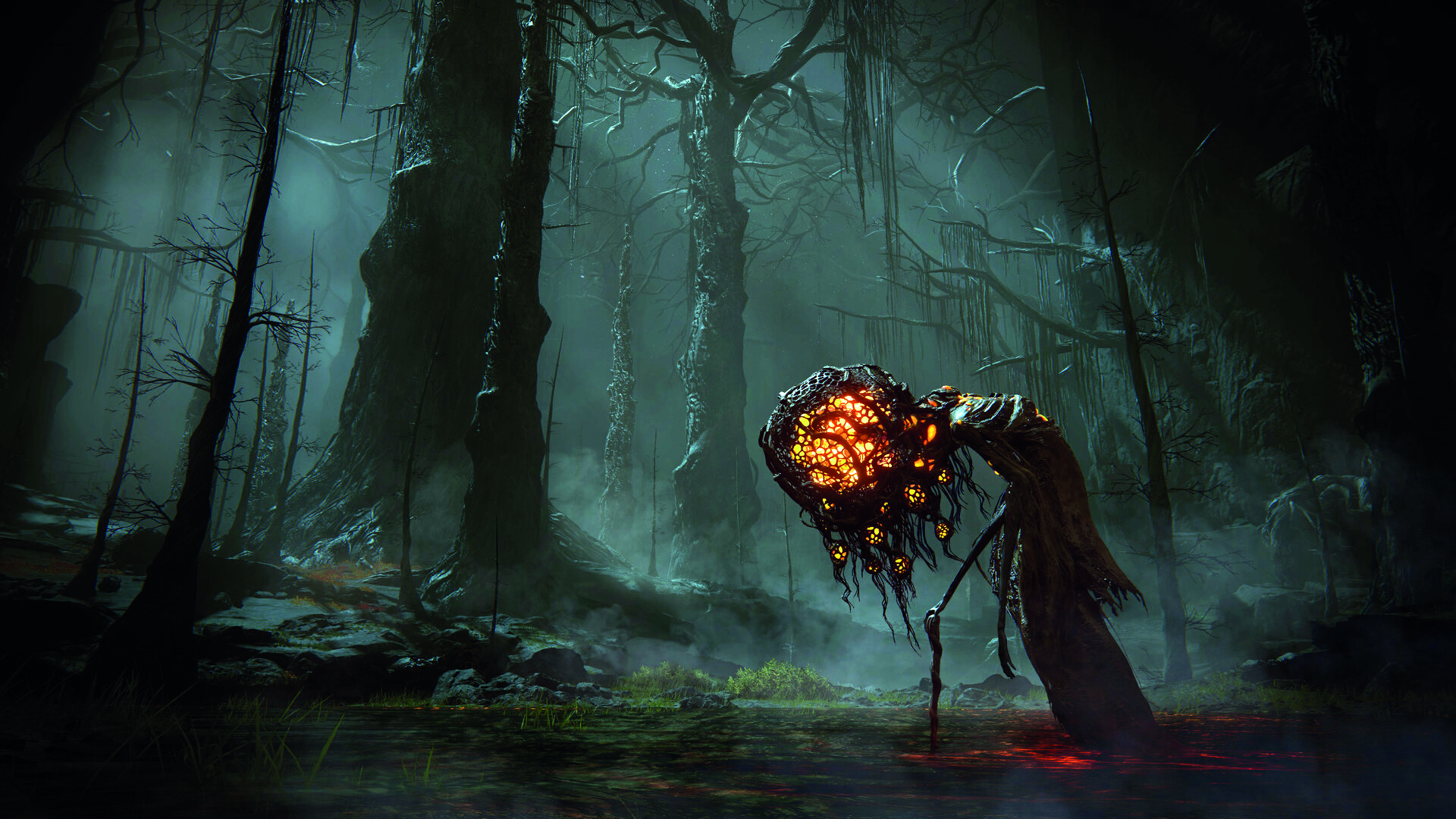
Right now, there’s a debate raging in the gaming community about the future of open worlds. The question is this: how much friction do we want along with our freedom? In all likelihood, the industry won’t definitively commit to one side or the other. Instead, it’ll continue to stretch and bend the definition of open worlds, coming up with new twists to bring to different audiences. You can bet, though, that developers will still build mountains. And if we like, we can climb them.
This feature originally appeared in Play Magazine issue 40. If you want to read more content like this subscribe at Magazines Direct. If you've been inspired by the history of open world game design on PlayStation, then get creating with the best laptops for game development and the best drawing tablets.

Jeremy is an experienced games journalist who writes for Edge, PC Gamer and Rock Paper Shotgun amongst others.
